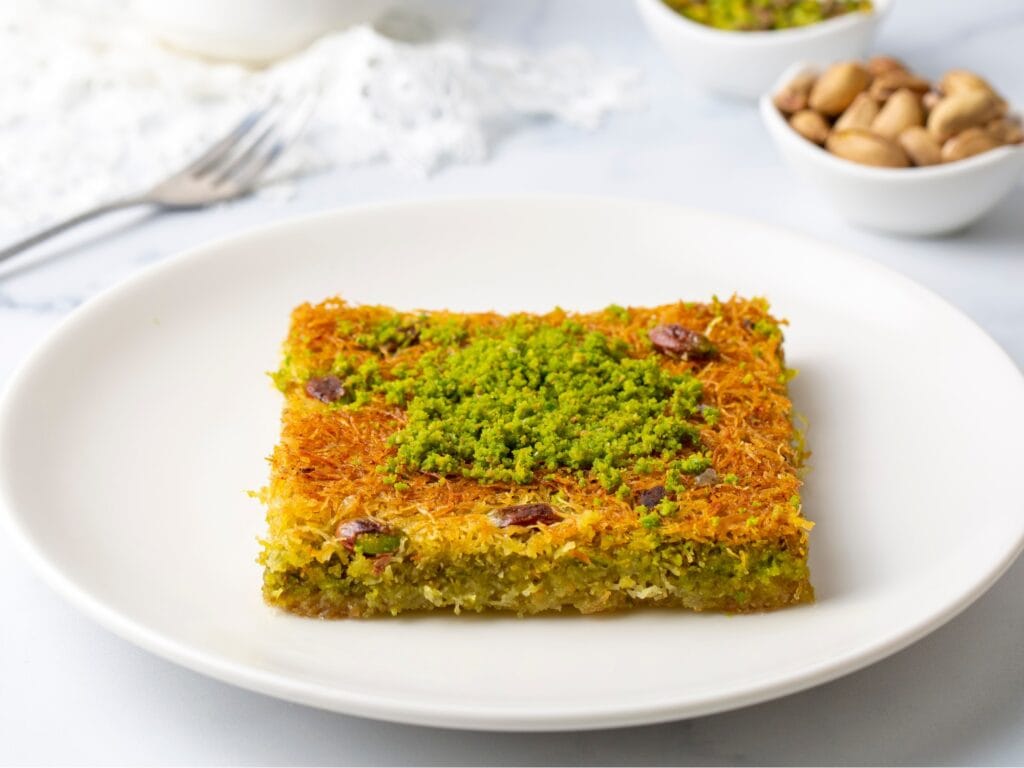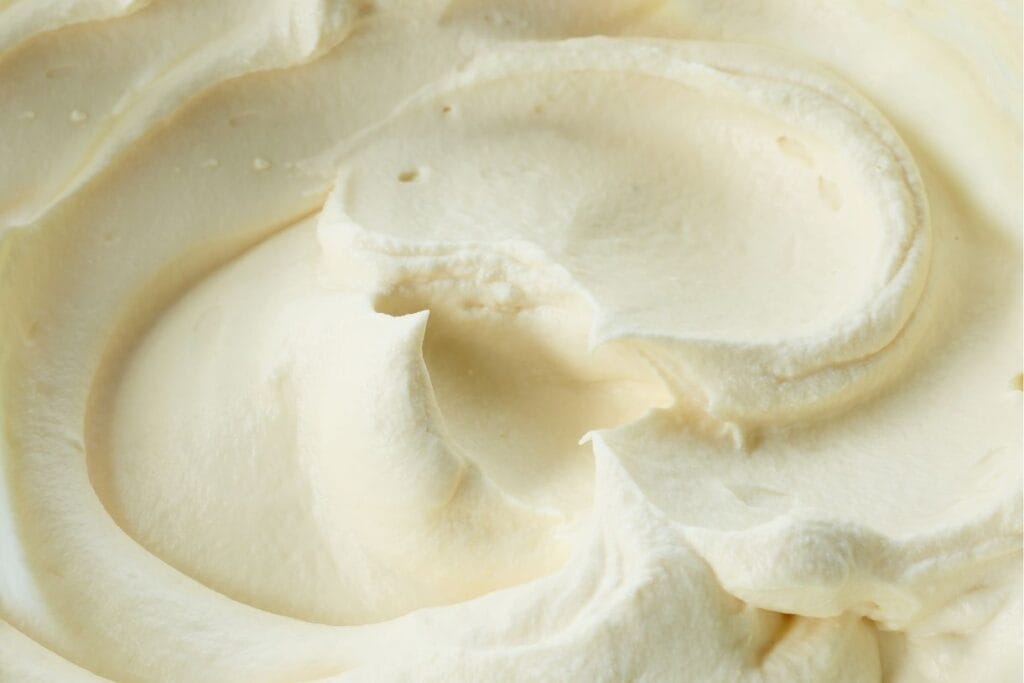Does the Origin of Pistachios Really Matter in Your Pistachio Paste?
Pistachio paste. Just the sound of it conjures images of vibrant green, rich nutty flavor, and a world of decadent desserts. But have you ever stopped to wonder about the journey of those tiny green nuts before they become that luxurious paste? Specifically, does where a pistachio comes from truly impact the paste it becomes? Let’s dive into the fascinating world of pistachios and their transformation!
Where Did Pistachios First Come From, and How Did They Arrive in Turkey?
The story of the pistachio is as rich and ancient as its flavor. These delightful nuts trace their origins back to the Middle East, specifically the regions of modern-day Iran and Central Asia, where they’ve been cultivated for thousands of years. Historical records and archaeological findings show their importance as a food source as far back as 7,000 B.C.! They were enjoyed by royalty and common folk alike, treasured for their unique taste and nutritional value.
The journey of the pistachio to Turkey is a testament to the country’s deep historical and cultural ties to the broader Middle East. Pistachios found a natural home in the warm, dry climate of southeastern Turkey, particularly around Gaziantep. This region, often called the “Pistachio Capital of Turkey,” has become synonymous with high-quality pistachios. Over centuries, Turkish farmers have perfected their cultivation techniques, making the Antep pistachio a distinct and highly prized variety. It’s more than just a crop here; it’s a part of the local identity, deeply woven into the culinary traditions and everyday life.
What Are the Different Types of Pistachios Used for Paste?
Just like grapes for wine or cocoa beans for chocolate, not all pistachios are created equal when it comes to making paste. The primary differences lie in their origin, size, color, and flavor profile.
- Antep Pistachios (Turkish Pistachios): These are perhaps the most famous Turkish variety. They are typically smaller, more elongated, and boast an incredibly intense, slightly sweet, and aromatic flavor. Their vibrant green hue is highly sought after for a naturally beautiful paste.
- Kerman Pistachios (Iranian Pistachios): Hailing from Iran, these are often larger and rounder than their Turkish counterparts. They offer a robust, earthy flavor and a good green color, though sometimes less vibrant than Antep.
- Bronte Pistachios (Italian Pistachios): Grown in the volcanic soil of Sicily, these are considered by many to be the crème de la crème. They are smaller, intensely emerald green, and possess an extraordinarily delicate, sweet, and complex flavor. However, their high cost often limits their use to premium, artisan pastes.
- American Pistachios (California Pistachios): These are generally larger and have a milder flavor. While still delicious for snacking, they tend to produce a less vibrant green paste and a more subtle flavor profile compared to their Mediterranean cousins.
How Does the Source of Pistachios Influence the Final Paste?
The origin of the pistachio is arguably the most critical factor influencing the quality, color, and flavor of the finished paste. It’s not just about grinding nuts; it’s about translating the essence of the raw material into a concentrated form.
- Color Intensity: Antep and Bronte pistachios are renowned for their naturally vivid green color. This is crucial for pastry chefs and food manufacturers who desire an eye-catching, natural green hue in their creations without relying on artificial coloring. Other varieties might yield a duller, more yellowish-brown paste.
- Flavor Depth: The unique terroir (soil, climate, and environmental factors) of each growing region imparts distinct flavor notes. Antep pistachios offer a pronounced, characteristic “pistachio” flavor that is both sweet and slightly savory. Bronte pistachios deliver a more refined, almost floral sweetness. American pistachios, while pleasant, might result in a paste with a less concentrated flavor, requiring more paste to achieve the desired impact.
- Texture and Oil Content: Different varieties have varying oil contents, which impacts the final texture and consistency of the paste. A higher oil content can lead to a smoother, more fluid paste, while lower oil content might result in a thicker, slightly grainier texture. This also affects how the paste emulsifies and performs in different applications.
- Aroma Profile: The aroma of freshly made pistachio paste is intoxicating. The specific volatile compounds present in each pistachio variety contribute to a unique aromatic profile. Some might be nuttier, others sweeter, and some even have subtle earthy undertones.
Can Pistachio Paste Be Healthy, and How Is It Made?
Absolutely! At its heart, pistachio paste is a simple product made from pure pistachios. When made correctly, it’s a wonderfully healthy addition to your culinary arsenal.
How it’s made: The process is straightforward, but precision is key.
- Roasting: The pistachios are gently roasted. This step is crucial as it intensifies their flavor and brings out their natural oils. The roasting temperature and duration are carefully controlled to avoid burning, which can lead to a bitter taste.
- Grinding: The roasted pistachios are then ground in specialized machinery. This process starts with coarse grinding and gradually progresses to a very fine paste. The natural oils released during grinding help create a smooth, creamy texture. Some manufacturers might use stone grinders for an even finer, silkier paste.
- Optional Additions: For truly healthy and authentic paste, only pistachios are used. However, some commercial pastes might include a touch of sugar for sweetness, a small amount of vegetable oil to aid in grinding and improve consistency, or even emulsifiers to prevent oil separation. For the healthiest version, look for “100% pistachio paste” on the label.
To make it even healthier, food businesses can focus on using high-quality, unsalted, and unroasted (or lightly roasted) pistachios, ensuring no added sugars or oils. This allows the natural goodness of the pistachio to shine through, providing healthy fats, protein, and fiber.
What Are the Most Popular Flavors of Pistachio Paste?
While the pure, unadulterated pistachio paste is a star in itself, its versatility allows for exciting flavor combinations. When we talk about “flavors of pistachio paste,” we’re often referring to how it’s incorporated into desserts and dishes.
- Classic Pure Pistachio: This is the foundational flavor. The rich, earthy, and slightly sweet taste of pure pistachio is beloved in everything from ice cream to baklava.
- Pistachio & White Chocolate: The creamy sweetness of white chocolate beautifully complements the nutty depth of pistachio. This combination is popular in spreads, ganaches, and truffles.
- Pistachio & Rose: A traditional Middle Eastern pairing, the delicate floral notes of rose water or rose essence add an aromatic dimension that elevates pistachio desserts, particularly in Turkish delight, puddings, and cakes.
- Pistachio & Cardamom: Another common combination in Middle Eastern and Indian cuisines, cardamom adds a warm, spicy, and slightly citrusy note that enhances the pistachio’s natural sweetness.
- Pistachio & Dark Chocolate: For those who prefer a less sweet and more sophisticated profile, the bitterness of dark chocolate provides a wonderful contrast to the pistachio, creating a balanced and rich flavor experience.
Why is Choosing the Right Pistachio Paste Critical for Your Business?
For food wholesalers, distributors, and food businesses, the choice of pistachio paste is not just about taste; it’s about consistency, performance, and ultimately, your brand’s reputation.
- Consistent Quality: Sourcing your pistachio paste from a reliable manufacturer ensures that every batch maintains the same color, flavor, and texture. This consistency is vital for maintaining the quality of your end products, whether it’s ice cream, pastries, or confectionery.
- Authenticity and Appeal: Using high-quality paste derived from premium pistachio varieties like Antep pistachios adds an authentic and luxurious touch to your products. Customers are increasingly discerning and appreciate natural ingredients and vibrant colors.
- Cost-Effectiveness in Application: A more concentrated, flavorful paste (often a hallmark of superior pistachio sources) means you might need less of it to achieve the desired taste and color in your recipes. This can lead to cost efficiencies in the long run.
- Versatility in Culinary Creations: A well-made pistachio paste serves as a versatile base for countless applications, from flavoring mousses and creams to enriching doughs and fillings.
A Note from Our Brand: At PMF, we understand the critical role high-quality raw materials play in the success of your food business. As a leading manufacturer of pastry and bakery raw materials in Turkey, we take immense pride in sourcing the finest ingredients, including premium pistachios, to produce exceptional pistachio paste. We are committed to providing wholesalers, food distributors, and food businesses with ingredients that elevate their creations and delight their customers. Explore our range of high-quality ingredients designed to meet the rigorous demands of professional kitchens and production facilities.



